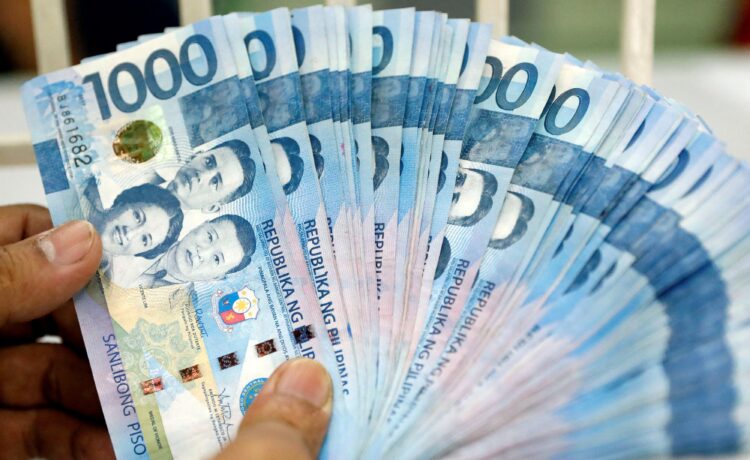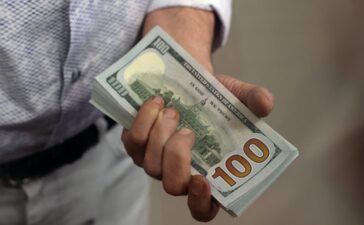THE Philippine peso is veering towards an all-time low as the nation’s central bank plans to cut interest rates further in the face of slowing economic growth.
Goldman Sachs, Barclays and Fitch Solutions see the peso testing 60 per US dollar mark by mid-year, while DBS Group Holdings predicts a fall to 60.8. The currency closed at 58.310 per US dollar on Friday (Jan 24), not far off the historic 59 per US dollar mark it last hit in December.
Markets across Asia are reeling from the effects of a red-hot US dollar as investors weigh the impact of Donald Trump’s presidency in the US. The peso is among the worst-hit currencies, with a 2.4 per cent decline since the Bangko Sentral ng Pilipinas (BSP) started cutting interest rates ahead of regional peers and the Federal Reserve.
BSP has intervened in the foreign exchange market to limit the currency’s volatility, while lowering rates by a total of 75 basis points since August. It is ready to cut rates further, though potentially at a slower pace due to geopolitical tensions and US policy uncertainties. BSP’s next decision is due Feb 13.
Breaching the 60 per US dollar mark “remains a very real possibility and much depends on how Trump’s policies will shape up”, said Shi Cheng Low, an analyst at BMI, a Fitch Solutions unit. If the US enacts aggressive tariffs that roil markets, the peso will likely drop and “BSP intervention in the FX market will prove ineffective”.
Additional BSP easing to support the economy coupled with trade jitters stand to exacerbate the downtrend. Philippines may have missed its goal of at least 6 per cent growth last year, an official said on Friday. The nation last month widened its projected growth range for 2025 to 6 to 8 per cent due to uncertainties over Trump’s trade policy.
Contributing to the currency’s weakness is a deterioration in the current account balance, equities market outflows, and a widening gap in yields with the US.
The peso “remains vulnerable, but to a relatively lesser extent than many other Asian currencies”, given the Philippine economy’s domestic focus, said Audrey Ong, a strategist at Barclays. “Less robust external metrics could pose a risk to the peso.” BLOOMBERG

















